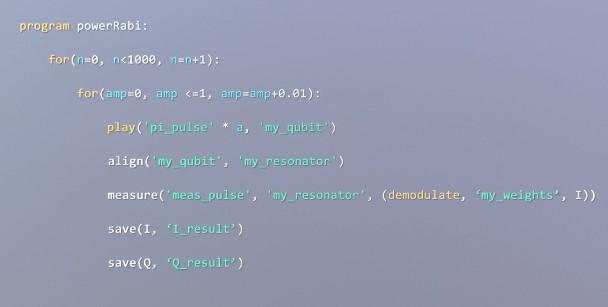Ryan Easter couldn’t believe he was being asked to run a pandemic business continuity test.
It was late October, 2019 and Easter, IT Director and a principal at Johnson Investment Counsel, was being asked by regulators to ensure that their employees could work from home with the same capabilities they had in the office. In addition, the company needed to evaluate situations where up to 50% of personnel were impacted by a virus and unable to work, forcing others to pick up their internal functions and workload.
“I honestly thought that it was going to be a waste of time,” said Easter. “I never imagined that we would have had to put our pandemic plan into action. But because we had a tested strategy already in place, we didn’t miss a beat when COVID-19 struck.”
In the months leading up to the initial test, Johnson Investment Counsel developed a work anywhere blueprint with their technology partner Evolve IP. The plan covered a wide variety of integrated technologies including voice services, collaboration, virtual desktops, disaster recovery and remote office connectivity.
“Having a strategy where our work anywhere services were integrated together was one of the keys to our success,” said Easter. “We manage about $13 billion in assets for clients across the United States and provide comprehensive wealth and investment management to individual and institutional investors. We have our own line of mutual funds, a state-chartered trust company, a proprietary charitable gift fund, with research analysts and traders covering both equity and fixed income markets. Duct taping one-off solutions wasn’t going to cut it.”
Easter continued, “It was imperative that our advisors could communicate with clients, collaborate with each other and operate the business seamlessly. That included ensuring we could make real-time trades and provide all of our other client services.”
Five months later, the novel coronavirus hit the United States and Johnson Investment Counsel’s blueprint test got real.
Source: Tech Crunch Startups | ‘One day we were in the office and the next we were working from home’
